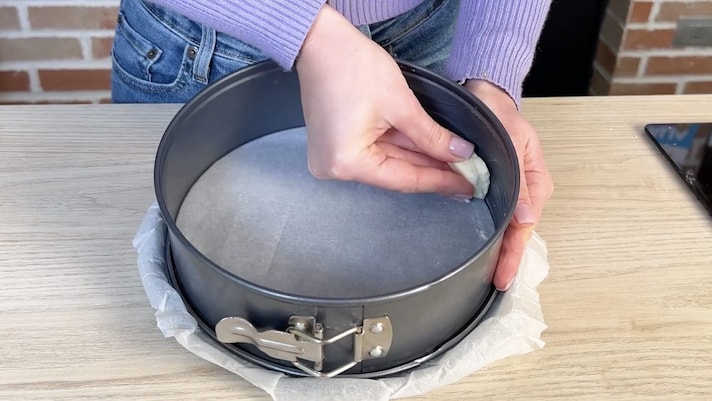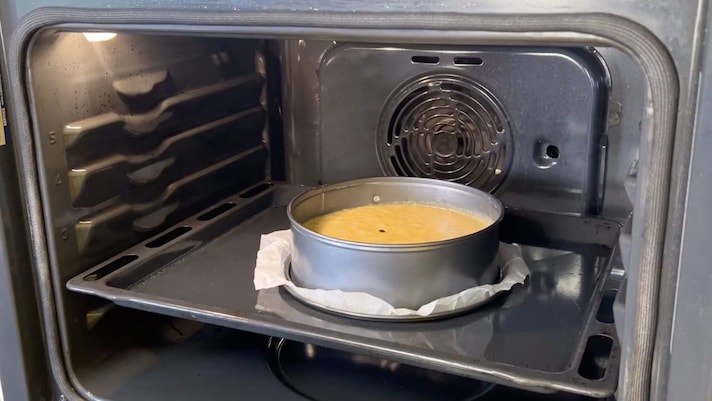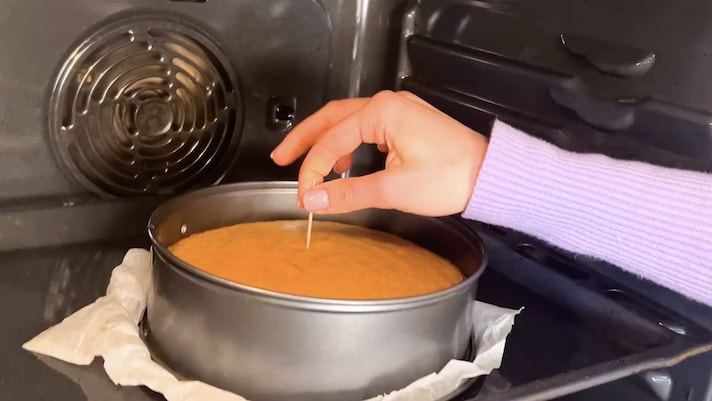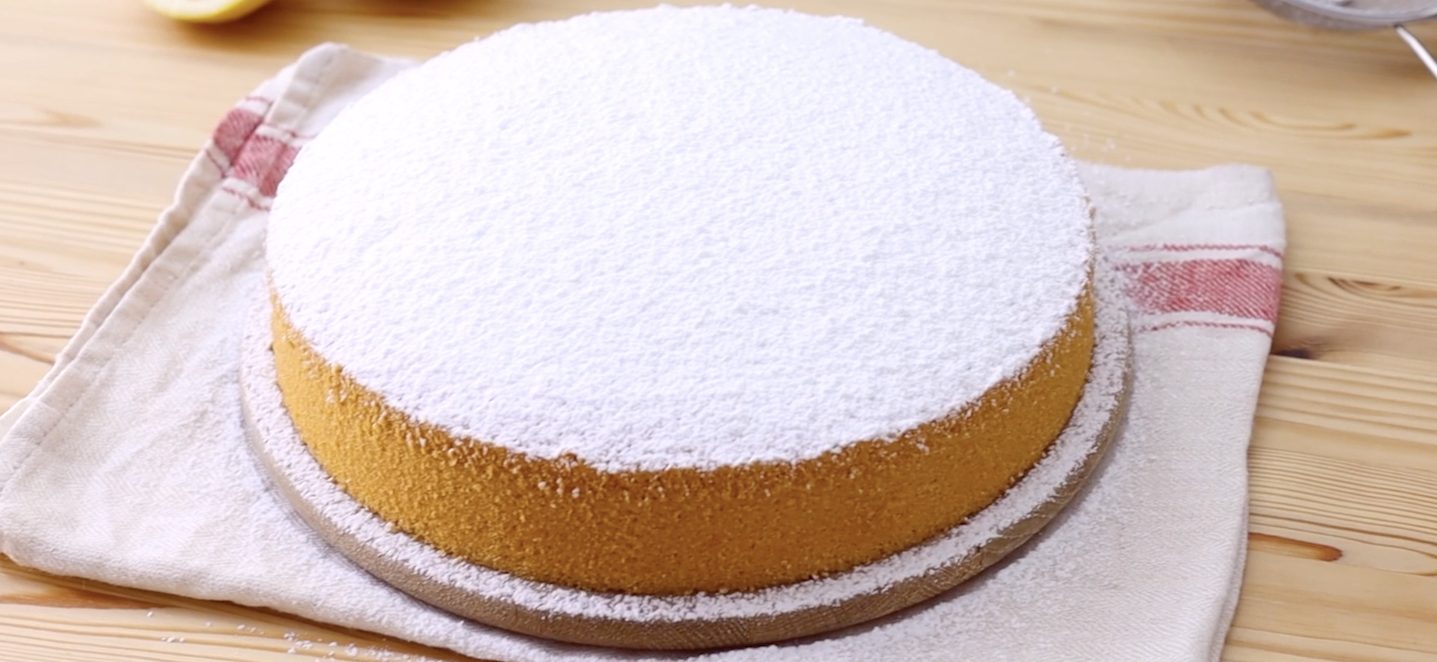How to Make a Perfect Sponge Cake: the 5 Tips to Make it Tall, Soft and Without Cracks
When baking cakes, the danger of having disappointing results is always around the corner. How can you make a cake that is both tall and soft and that doesn't have cracks and holes in the center? We're here to give you the 5 tips to always have the perfect sponge cake!

Baking a tall cake, with a soft and moist consistency, without cracks and without holes in the center is not difficult per se, but it requires a little attention and a few small tricks. To prevent the cake from deflating, being dry inside, too dark on the surface or undercooked, we're here to reveal to you 5 tips, essential both for the preparatory phase of the sponge cake dough and for the final cooking phase.
A preliminary tip to avoid ruining the dessert: use a tried and tested recipe or try a new one a few days before the dinner or lunch with your guests, to ensure that all the ingredients are well balanced and the doses are correct.
So, you just need to follow all the tricks listed below to get a delicious and spectacular result: from the correct temperature of the eggs to the secrets of cooking and conservation, through the steps necessary to obtain an airy, homogeneous and lump-free dough.
1. Beat the Eggs at Room Temperature

The first trick to get a tall and soft cake is to use eggs at room temperature: in fact, these will incorporate air more easily. You will have to whip them for at least 10 minutes, until they become frothy. In general, unless otherwise specified, we recommend that you also take the milk and other liquid ingredients out of the fridge half an hour before making the cake.
2. Sift the Powders and Add Them Gradually

Sift the dry ingredients: flour, cornstarch or potato starch and baking powder, and gradually add them to the egg and sugar mixture. If the dry ingredients were added all at once, in fact, they would cause a shock to the whipped eggs, which would collapse beyond repair.
3. Use a Well-Buttered Mold

Always use a greased pan, even if it is a non-stick one, and line the bottom with baking paper, to ensure that the cake does not stick to the pan.
4. Never Open the Oven During The First 30 Minutes of Cooking

Although the temptation is strong, do not open the oven during the first 30 minutes of cooking. The temperature changes, in fact, affect the structure of the cake and risk compromising the leavening. Heat the oven in fan mode but set it to static mode before baking the cake, so that it cooks slowly and more delicately. Place the cake pan on the middle rack of the oven, for even cooking both on the outside and in the center.
5. Always Do The Toothpick Test

Always do the toothpick test: insert the toothpick into the center of the cake, if it is dry and clean it will mean that the cake is cooked; if, on the contrary, there are some residues of dough, leave it in the oven for another 5-10 minutes. It is also important to respect the cooling times: the general rule, in fact, requires that bases such as sponge cake and pastries, rest for a few minutes in the oven turned off, before being taken out of the oven. Then wait for the cake to cool, before removing it from the mold.
Why Does the Cake Collapse in The Center?
After taking the cake out of the oven, it may happen that it collapses in the center, deflating and creating an unsightly hole. This phenomenon is due to the thermal shock between the temperature of the cake and that of the room. Therefore, make sure you never open the oven halfway through cooking because the structure of the cake, not yet well stabilized, would collapse. It could also happen that your oven is too powerful and cooks the cake immediately on the outside and not on the inside: in this case, we recommend the toothpick test.
Why Does the Cake Crack?
If the surface of the cake cracks, it is possible that you have used too much yeast. It is not necessary to overdo it, because beating the eggs well will already help the leavening.
What to Do is The Cake Darkens Too Much on The Surface?
If the surface of the cake is too dark, you can open the oven door after the first 30 minutes and cover the pan with aluminum foil. Consider that each oven has a different power: the temperature and times will have to be adjusted based on your experience.
How to Keep the Cake Soft for a Long Time
To keep a cake soft for days, we recommend storing it under a glass bell jar or in an airtight container when it is still warm: the humidity, in fact, will preserve the softness of the cake.
;Resize,width=767;)

;Resize,width=712;)
;Resize,width=712;)
